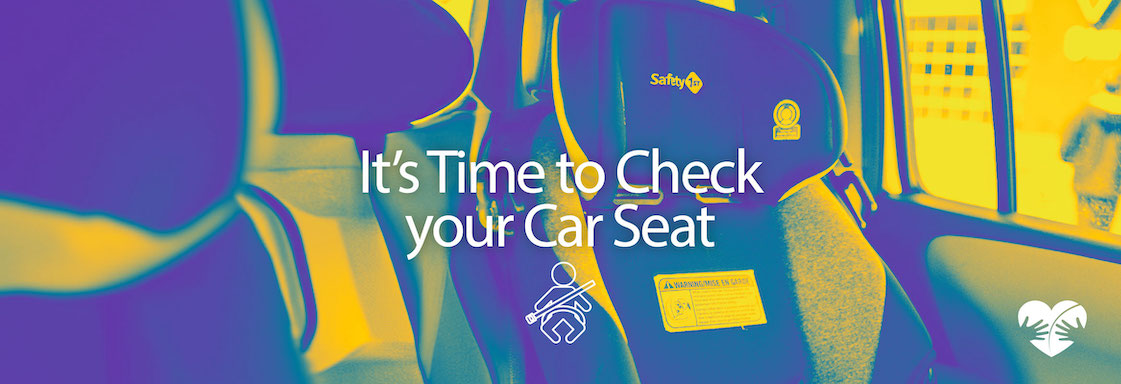For people with children, car seats are a part of your daily routine. You harness them into their car seat or booster, put your seat belt on, and off you go. But did you know that studies have found that almost 46% of observed car seats and boosters are misused? That means nearly half of the car seats on the road are used or installed incorrectly. Correctly used car seats and boosters decrease the risk of a fatal injury by 71% in infants and 54% in toddlers.”
Below are a few things to know about car seats:
- A child restraint is required for everyone under seven years old and under 57 inches (4ft 9 inches)
- A child can use a seat belt only at eight years old and over 57 inches (4ft 9 inches).
If you answer no to one of the following, your child should still be in at least a booster.
- Do your child’s knees bend at the edge of the vehicle seat?
- Is the lap belt snug across your child’s hips or upper thigh?
- Does the shoulder belt lay across your child’s shoulder and chest and not rub up against the neck?
Labels and manuals
- All car seats have labels with quick tools and information on the side of the car seat. The labels typically include height and weight limits and instructions on leveling the car seat. It is essential to know that every car seat is different.
- Every car seat comes with a manual. The manual has detailed instructions on properly installing the car seat and harnessing the child for that particular car seat.
- Every vehicle has a manual, which is important in determining which vehicle seats are allowed to have car seats on them, the location of top tethers, and other specifics for child safety.
- You can usually find them online if you still need a car seat or vehicle manual.
Harnessing your child
- Rear-facing car seat:
- Harness straps are at or just below the child’s shoulders.
- The chest clip should always be snug and buckled at the armpit level.
- Forward-facing car seat:
- Harness straps are at or just above the child’s shoulders
- The chest clip should always be snug and buckled at the armpit level.
Installation
- A best practice is to follow the car seat manual exactly how they say to install it. There are many different types of car seats, multiple ways to install each car seat, and essential steps for each.
- If you are unsure if your car seat is installed correctly, find a local Child Passenger Safety Technician to check your installation.
When will my child be ready for the next car seat?
All car seats are crash-tested and have guidelines for minimum and maximum heights and weights for each position. Once your child has met either the height or the weight maximum, it is best to switch to the next position or the following type of car seat.
As you can see from the information above, many intricacies are critical regarding car seats and keeping your child safe. Most people don’t double-check their car seats routinely or even after they initially install them. However, car seats expire, children grow quickly, and straps can loosen over time, so it is imperative to check your car seats.
Did you know CRIT has its very own Child Passenger Safety Technician? If you haven’t had your car seat checked recently, contact us to schedule an appointment to assess them and learn how to keep your child safe on the road.

